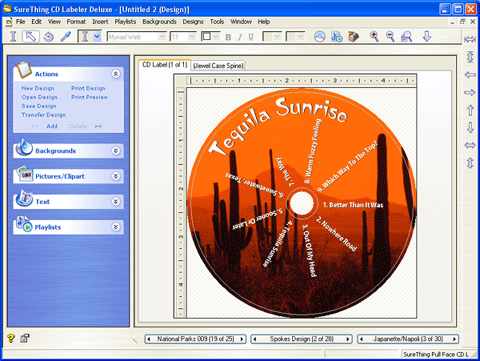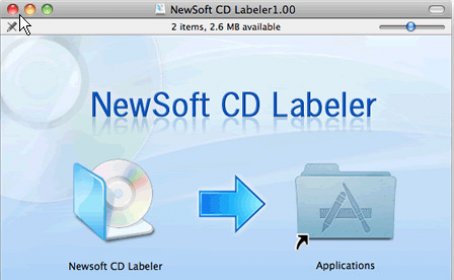

The employer will fill out a WCB that they will be submitted to WCB.Once the worker’s injury is assessed and cared for, and if able, the worker will fill out a Worker’s WCB claim form stating in their own words what had happened, and it will be submitted to WCB.The health care provider will fill out WCB claim form that they will submit, if applicable.Also bring the modified work paper to show that the organization does support modified work. It is always good practices to have a physical demands analysis form so the health care provider can see the physical requirements that worker performs during their task. The employer will take you to see a health care provider, if needed.First aid to administered to injured worker.Worker will report the injury to employer.Advise the employer if you stop working or need to change your duties because of your injury.If you return to work early, make sure you understand and follow any work restrictions, so your re-employment is safe. Tell us when your doctor tells you that you are fit to return to work.Take an active role in your return-to-work planning and in identifying suitable job duties you can do while you recover. Both you and your employer are required to cooperate with each other and WCB in a safe return to work.Inform WCB & your employers of any changes in your medical recovery.

NEWSOFT CD LABELER DOWNLOAD WINDOWS FULL
Pay your injured worker’s full wages for the day the injury occurred.You are responsible to arrange and pay for transportation if there is a cost associated (e.g., ambulance fees or taxi fare). If required, send your worker for immediate medical attention.Provide any first aid treatment required at the scene of the accident.Provide your worker with a Worker Report of Injury Form and a copy of your Employer Report of Injury or Occupational Disease.If your worker has been injured, you have 72 hours after becoming aware of an injury or illness to submit the Employer Report of Injury form. By law, employers are required to report injuries that their workers suffer while on the job.Supportive employers want their workers to recover and stay with their organizations, so they adjust jobs to help their workers stay connected and contributing to the workplace. Suppression actions against employees including pressure not to submit (or to withdraw) claims, providing false information, under-reporting severity and wage continuation (in place of filing a claim).Īs an employer, it is a critical role you play in a worker's recovery by being supportive and offering suitable return to work opportunities.Making false or misleading statements regarding worker entitlement and.Failure to notify the Board within 3 days of learning of the injury.The most common violations include but are not limited to: When companies are charged and convicted with claims avoidance and other violations, the WCB register and publish these results. It is estimated that approximately 7-8% of workplace injuries and illnesses are not reported to the WCB Board. Given the importance of this rating to the company’s profits, it can be tempting for businesses to downplay the severity of their claims, and in some cases, to avoid claims altogether. This is because a company’s workers’ compensation rating is an extremely important factor in their ability to win contracts. Not only can they result in an increase in employer’s premiums and lost efficiency due to absenteeism, but they can also cost the company future contracts. Workers’ compensation claims are expensive in more ways than one.


 0 kommentar(er)
0 kommentar(er)
